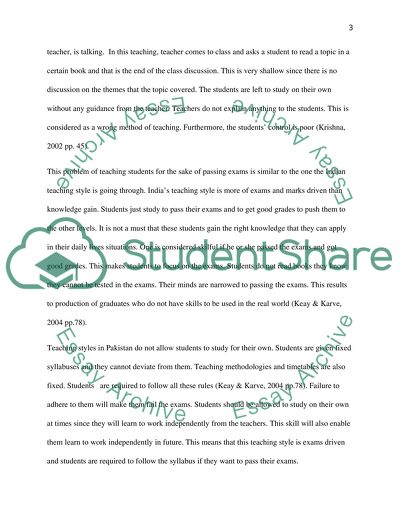Cite this document
(“Teaching Thinking: A comparative analysis of teacher's education in Essay”, n.d.)
Retrieved from https://studentshare.org/education/1469239-teaching-thinking-a-comparative-analysis-of
Retrieved from https://studentshare.org/education/1469239-teaching-thinking-a-comparative-analysis-of
(Teaching Thinking: A Comparative Analysis of teacher'S Education in Essay)
https://studentshare.org/education/1469239-teaching-thinking-a-comparative-analysis-of.
https://studentshare.org/education/1469239-teaching-thinking-a-comparative-analysis-of.
“Teaching Thinking: A Comparative Analysis of teacher'S Education in Essay”, n.d. https://studentshare.org/education/1469239-teaching-thinking-a-comparative-analysis-of.


